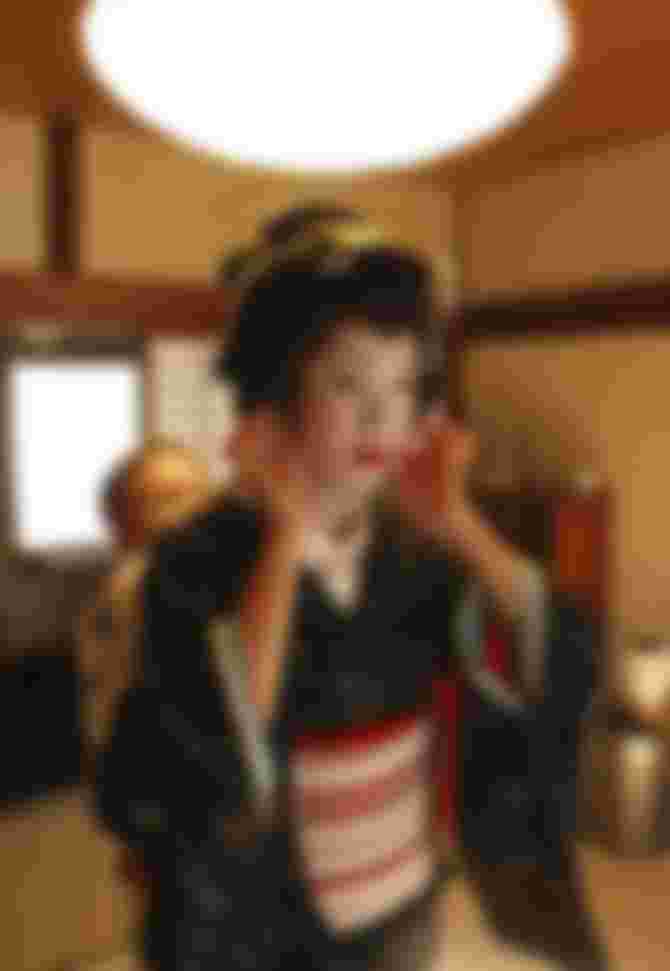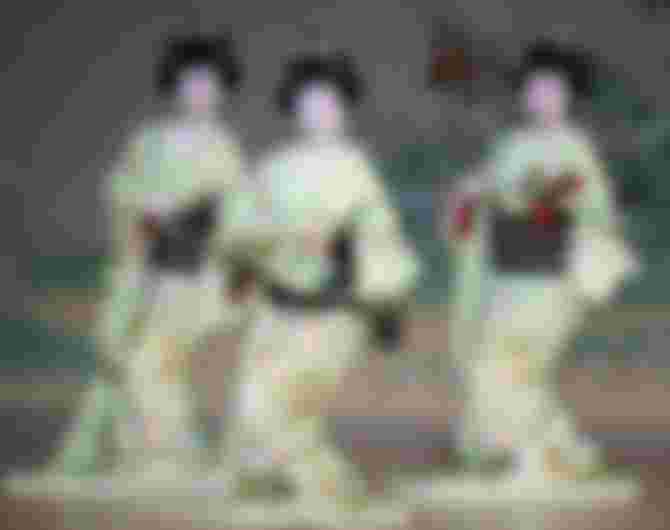
Geishas are mentioned in the Japanese tradition as early as the beginning of the seventh century, but during the 18th century this profession experienced a new expansion. Geishas still exist today, but they have adapted to the modern world in many ways.

It is known that at the beginning of the seventh century in Japan, there were women who hosted business and entertainment gatherings, poured sake to guests and, with adequate compensation, offered their company even in more intimate circumstances. Elsewhere in the world, such a vocation could rightly be called prostitution, but the institution of geisha has such deep roots in the Japanese tradition that their culture does not allow the trivialization of this profession.
The girls who served guests at high-class gatherings were called "saburuko," or waitresses, and providing sexual services to customers was initially the exception rather than the rule. In the 18th century, the work tasks of a geisha were related to meeting all the needs of customers and tradition became something that in modern terms could be called elite prostitution. Geishas, like other artisans, were organized into smaller communities that had their own clientele, special services for which they specialized and, of course, special offers for the best customers.
While some despise this profession, others equate it with the ancient art of Japan. Whoever is right, geishas have existed for centuries and they adapt their community and practice to modern conditions, trying to preserve the tradition, which, regardless of the job they do, preserves their reputation. The public around the world learned about this ancient Japanese practice a little more only with the appearance of the first photographs of geishas, in the 1950s. The photographs that appeared at the time show the role of geishas in modern society, but also revealed a lot about their mystical way of life.

Geishas are shown learning to serve guests properly, giggling at receptions, perfecting musical skills, or providing more intimate services to clients, such as massages. They are mostly always in traditional clothes and with make-up characteristic of this industry, but the twentieth century has brought changes in their practice, so there are more explicit photographs. In the sixteenth century, the first intimate pleasure chambers in which geishas lived and worked, which were known as yukaku, sprang up. Prostitution outside these houses was illegal and severely punished, but everything that happened in the yukaku chambers was legitimate.
There were real class differences among geishas, so less attractive girls were almost just maids in their communities, gok are more attractive girls with a certain set of skills like a talent for song and play, living in the luxury provided by their fans and special friends. Members of the highest class of geishas were called oiran and were a combination of actresses and prostitutes, as they went to bed only with selected, wealthiest clients, and they also had their performances which mainly consisted of a special erotic dance that these professionals performed flawlessly.
How the girls "baked" the craft
Such a high quality of performance gradually began to appear in the category of geishas, so that over time they were accepted as part of the Japanese traditional art called kabuku. Although the more talented courtesans entertained the guests mostly with dance, song and music, there were also intellectuals among them who specialized in writing and reciting poetry. The official name of this artist-prostitute was given only in the eighteenth century, when many men entered this profession. Until the beginning of the 19th century, the profession of geisha was a legitimate female profession, which was not condemned by society. Geisha communities grew and became richer, and this was a way for large families to make life easier for themselves and their young daughters.

Even today, there are geishas in Japan. Their communities are much smaller and more modest, the women who deal with this are no longer gorgeous and talented beauties, but they still respect tradition and can be seen walking the streets of Japan with unusual hairstyles and antique costumes. Most of these modern geisha communities have put prostitution out of practice, and now act as custodians of a tradition that is very significant to the entire Japanese culture.



